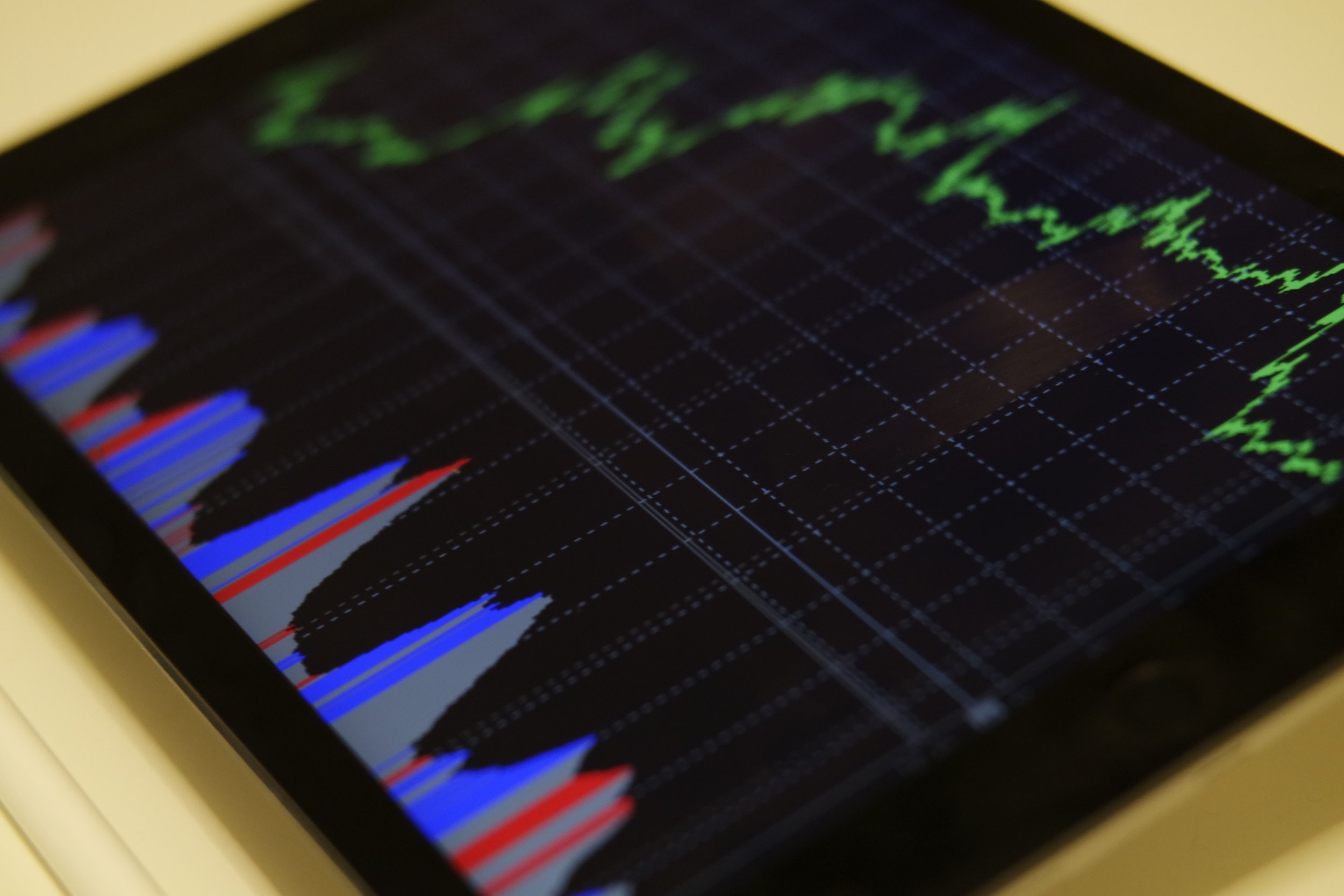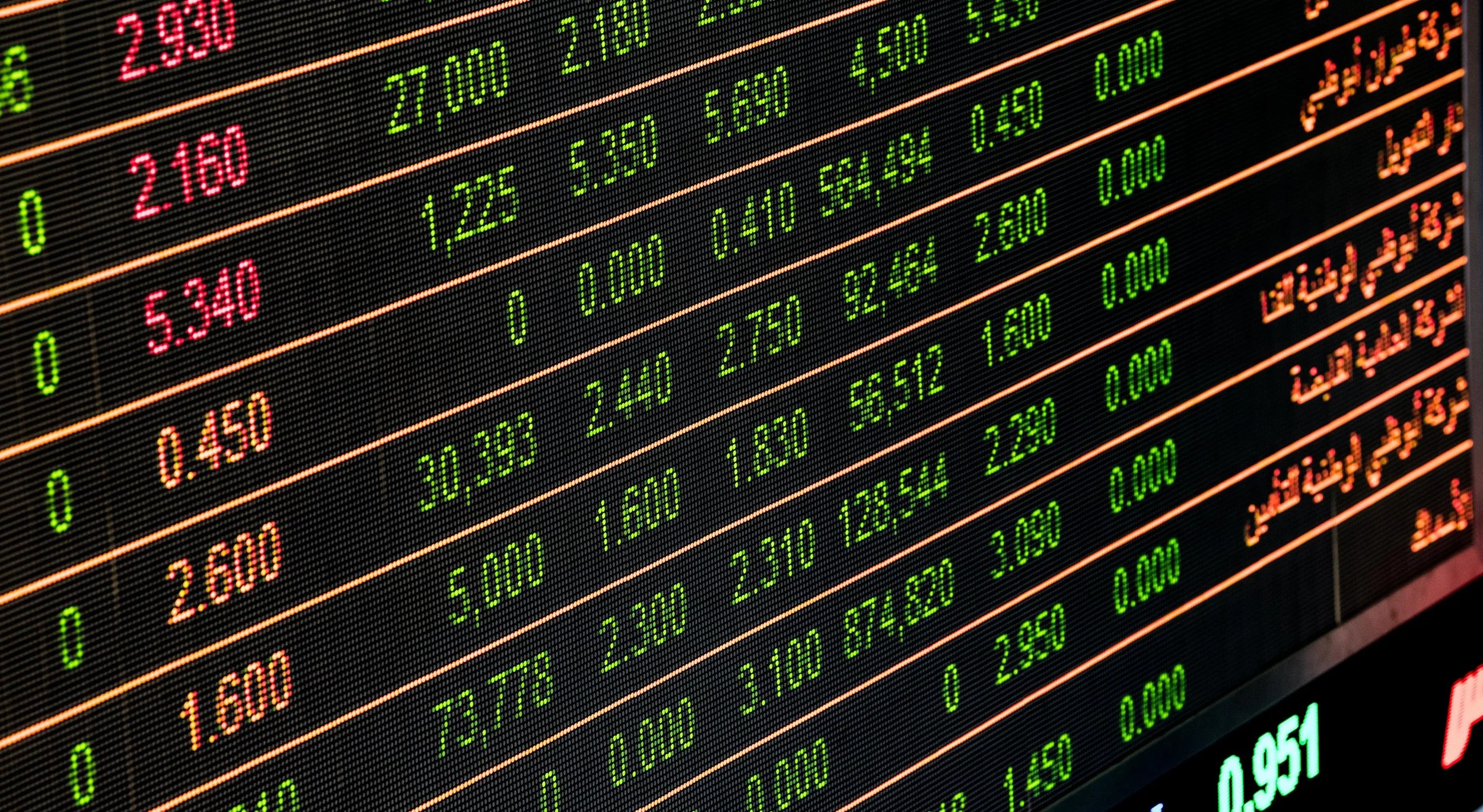
Trader’s Guide 2.5- Calculating Risks
Before we dive into the specifics of these risk-calculating techniques, it's important to first define what we mean by "risk." In the context of investing, risk can be thought of as the likelihood that an investment will lose value. It's important to note that all investments carry some level of risk, even those that are considered "safe" like government bonds. The key is to find a balance between taking on enough risk to potentially earn high returns, while not taking on so much risk that the chance of loss becomes unacceptable.

Trader’s Guide 2.4- Risks
As investors and traders, it is crucial to understand and manage the various types of risk that can impact our portfolio. These risks can come in many forms, but some of the most common types include market risk, credit risk, and liquidity risk. In this chapter, we will delve into each of these risks and explore how they can affect our investments. We'll also look at a real-life example of how proper risk management can help to mitigate the impact of these risks, as well as some additional types of risk that investors should be aware of, including correlation risk, liquidity risk, and counterparty risk.

Trader’s Guide 2.3- Fractals
In addition to helping traders identify potential trades, the fractal nature of financial markets can also be useful for risk management. By looking at market movements across different timeframes, traders can better understand the level of risk associated with a particular trade or investment. For example, a pattern that appears stable over a long period of time might be considered less risky than a pattern that appears volatile over a short period of time.

Trader’s Guide 2.2- Active and Passive Products
passively managed investment products, like index funds and ETFs, don't have a fund manager making individual security decisions. Instead, these funds aim to track the performance of a specific benchmark or index, such as the S&P 500.

Trader’s Guide 2.1- Diversification
The concept of diversification is a fundamental principle of investing that can help to reduce risk and improve the overall performance of your portfolio. By using tools like the correlation coefficient and implementing strategies like asset allocation and risk parity, you can make informed investment decisions and build a well-diversified portfolio that is aligned with your financial goals. As the famous investors quoted in this chapter have demonstrated, the benefits of diversification are undeniable, and it is a critical component of successful investing.

Trader’s Guide 1.9- ETFs
Exchange-traded funds, or ETFs, have exploded in popularity over the last decade, and for good reason. These investment vehicles offer a low-cost and convenient way for retail investors to gain diversified exposure to a wide range of assets, from stocks and bonds to commodities and currencies. But as with any investment, there are risks to be aware of and potential pitfalls to avoid. In this chapter, we'll take a closer look at how ETFs work, some of the risks and benefits of using them, and how they've changed the landscape of retail investing for the better.

Trader’s Guide 1.8- Bonds
The bond market can be a complex and nuanced place, but it plays a vital role in the global financial system. Whether you are a government looking to finance infrastructure projects, a business seeking to expand operations, or an investor looking for a safe haven in uncertain times, the bond market is a key place to turn.

Trader’s Guide 1.7- Technical Analysis
technical analysis is a powerful tool that can help traders and investors make informed decisions about buying and selling stocks. By studying charts and other data, such as trend lines, momentum oscillators, support and resistance lines, volume, and market breadth, traders can identify patterns and trends that can predict future price movements.

Trader’s Guide 1.6- Fundamental Value
When it comes to investing in stocks, understanding how to value those stocks is crucial. After all, you want to make sure that you are getting a good deal on your investments and that you are buying into companies with strong potential for growth. In this chapter, we'll explore some of the key factors that go into stock valuations and how to use them to your advantage. We'll also delve into how pairing technical analysis techniques with fundamental analysis can provide great entry points into the market, and look at how the macroeconomy and central bank policies can impact stock valuations.

Trader’s Guide 1.5- Stocks
Whether you're a professional investor or just someone looking to grow your wealth over the long term, the stock market can be an important part of your financial strategy. While it is not without risk, the potential rewards can be significant, making it one of the three pathways to sustained wealth along with entrepreneurship and real estate.
